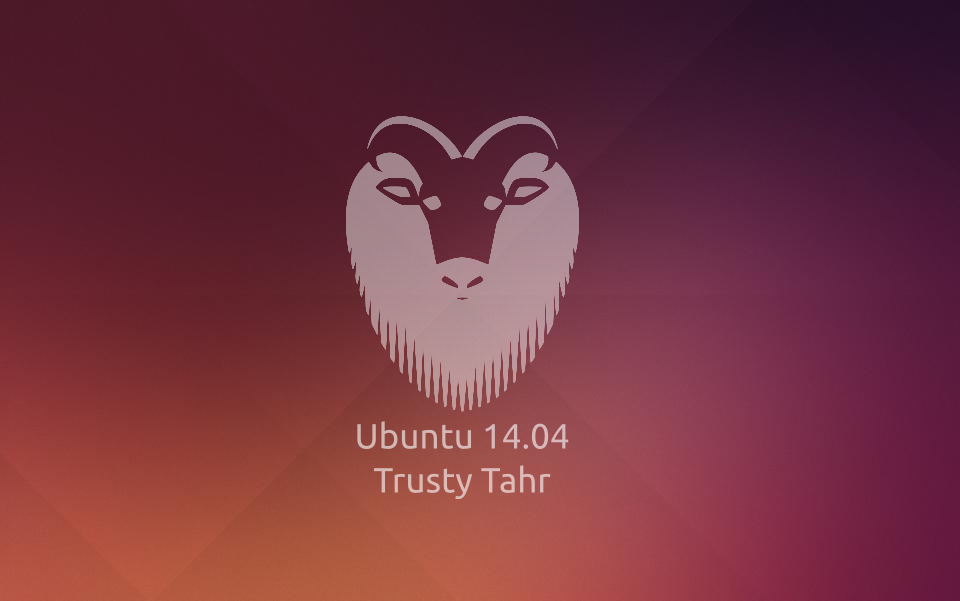
If you like Certbot, please consider supporting our work by: These files will be updated when the certificate renews.Ĭertbot has set up a scheduled task to automatically renew this certificate in the background. Key is saved at: /etc/letsencrypt/live//privkey.pem Requesting a certificate for Ĭertificate is saved at: /etc/letsencrypt/live//fullchain.pem If successful, you will get an output like this: Saving debug log to /var/log/letsencrypt/letsencrypt.log # certbot certonly -non-interactive -agree-tos -nginx -m -d Is unable to generate a free SSL certificate, most likely the DNS update is not fully propagated. Prior to generating a new SSL certificate for your, make sure you pointed the domain/subdomain DNS A record to your server IP address already. The command above will install nginx web server and certbot to issue the SSL certificates from Let’s Encrypt.

# apt install python3-certbot-nginx nginx-core So, we need to install an SSL certificate before we can proceed with the other steps. In this article, Joomla will be installed on the secured protocol (HTTPS). # apt upgrade Step 3: Install Nginx and SSL Certificate You can do this by running the following commands: # apt update Step 2: Update the systemīefore starting, you have to make sure that all Ubuntu 22.04 packages installed on the server are up to date. If you want to use your regular user with sudo privileges to run the commands, make sure to append ‘sudo’ in front of the commands. The commands provided in this article are invoked using ‘root’ account.

You can check whether you have the proper Ubuntu 22.04 installed on your server with the following command: # lsb_release -a Also, remember to replace the IP_Address with your server’s actual IP address and “Port_Number” with your SSH port number. Remember to replace “root” with the sudoer user to log in to your server.


 0 kommentar(er)
0 kommentar(er)
